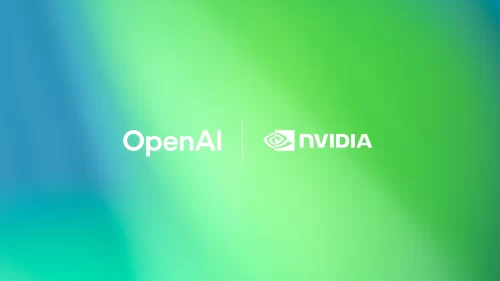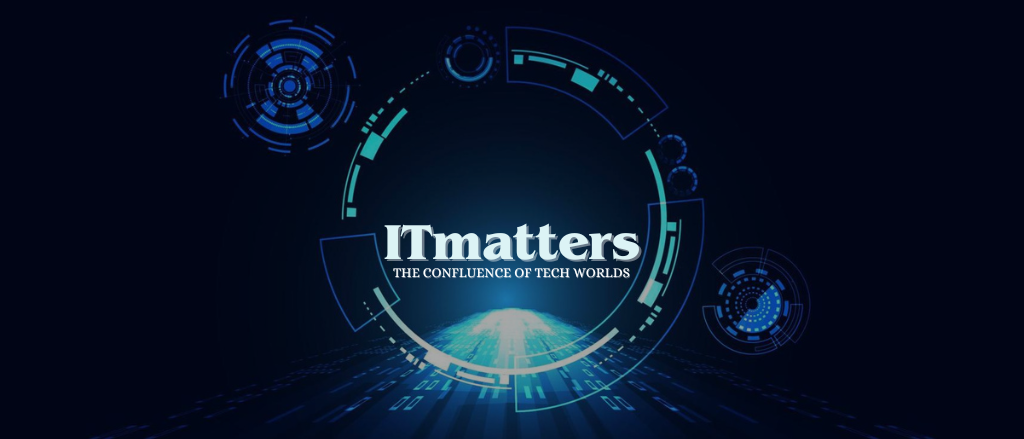
What’s the Big Deal?
On September 22, 2025, OpenAI and Nvidia announced a landmark agreement to jointly build at least 10 gigawatts of AI data center infrastructure. To support that scale, Nvidia plans to invest up to $100 billion, disbursed progressively as each gigawatt of capacity comes online. The first chunk, a 1 GW deployment using Nvidia’s Vera Rubin platform, is expected to happen in the second half of 2026. This is not just a financial move. It’s an infrastructure bet — one that could redefine how AI models are trained, scaled, and commercialized in the years ahead.
Powering the AI Frontier: Why Compute Is Central
OpenAI says that “everything starts with compute.”
In other words, breakthroughs in model design, inference, and deployment won’t matter much unless there’s hardware to back them.
- The sheer scale of 10 GW means millions of GPUs, dedicated power, cooling, networking, and data center land.
- Nvidia and OpenAI will co-optimize model software and hardware roadmaps to ensure smooth integration.
- This infrastructure can support more ambitious AI — such as agentic models, longer contexts, and real-time reasoning.
In short: advanced AI will shift from experimental lab systems to industrial-scale platforms.
How This Partnership Reorders the AI Ecosystem
1. Nvidia as both investor and supplier
By committing capital and chip supply, Nvidia doubles down on its role as the backbone of AI compute. OpenAI may use Nvidia’s investment to purchase Nvidia hardware — creating a circular but tightly coupled relationship.
2. Diversification beyond Microsoft
OpenAI already maintains deep ties with Microsoft. This Nvidia deal broadens its infrastructure alliances (e.g. Oracle, SoftBank, Stargate).
3. Barriers for rivals grow steeper
Deploying gigawatt-scale AI systems demands deep capital, power, and hardware expertise. This announcement raises the floor for competing labs.
4. Infrastructure as strategic leverage
Owning infrastructure gives influence over cost, latency, deployment speed — and adds bargaining power in future AI-platform deals.
What It Could Mean for the Next Leg of AI Development
— Faster innovation cycles
With abundant compute on hand, OpenAI could iterate more aggressively, test larger models, and deploy new features rapidly.
— More scalable applications
Inference at this scale enables AI to power real-world systems—robotics, complex agents, industrial services—beyond just research.
— Cost per “unit of intelligence” may fall
As hardware scales, efficiency improves. OpenAI believes the cost of intelligence will continue driving down.
— Infrastructure-centric competition
Future AI league tables may not rank model accuracy first, but infrastructure strength, compute budgets, and deployment networks.
Risks and Challenges to Watch
- Power & energy: 10 GW of compute demands massive energy — securing sustainable, reliable power is nontrivial.
- Regulatory scrutiny: A deeply entwined investment + supply relationship might draw antitrust or competition concerns.
- Execution timeline: The first gigawatt is slated for late 2026—but delays in construction, supply chains, or permitting could slow progress.
- Dependence on Nvidia: While OpenAI is exploring custom chip design (e.g. with Broadcom), this deal deepens its reliance on Nvidia systems.
The Takeaway
Nvidia and OpenAI are pushing AI infrastructure into a new phase. The shift is no longer just about model architectures or datasets — it’s about data centers, gigawatts, and compute economics.
If executed well, this deal may underwrite a new generation of AI systems — faster, broader, and more embedded in daily life. For anyone following AI, this is not just news — it’s infrastructure rewriting the field’s rules.
